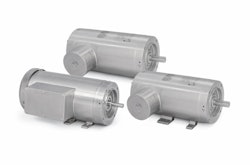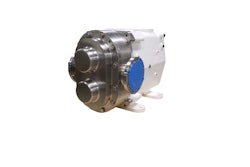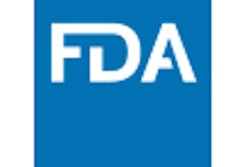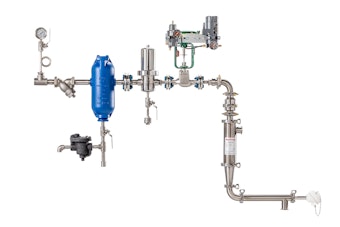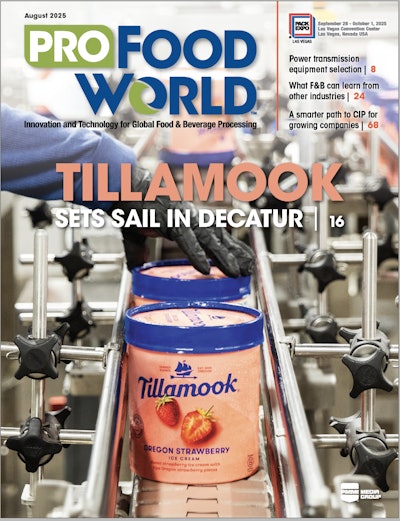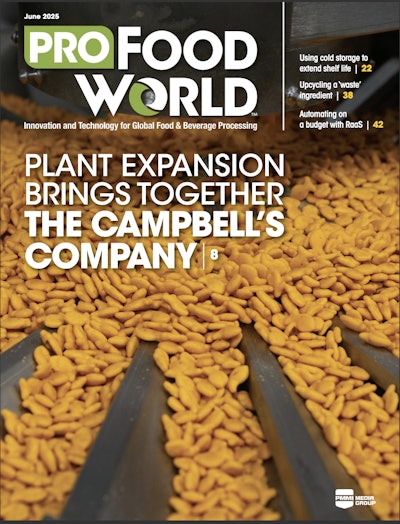The Consumer Product Safety Act, along with the Federal Hazardous Substances Act, include labeling regulations for toys and games, meant to protect children from choking on small parts. The regulations apply to products intended for use by children who are 12 years old or younger. The regulations acknowledge that: children who are 3 years old and younger (particularly) are prone to putting small parts in their mouths and choking as a result; and, packaging is an effective medium for communicating the hazard.
All federal regulations regarding warning labels mandate that such labels be conspicuous, a requirement that’s typically fulfilled on the principle display panel of the packaging. Such regulations further have in common format requirements i.e. an icon, a signal word, identification of the hazard, etc. Warning labeling about choking hazards, however, must employ the exact wording detailed in the regulations. The required wording varies, depending on whether the part is a ball or marble, for example. When the concern is over an otherwise unidentified part, however, the warning must have the alert icon of an exclamation point inside a triangle, followed by, WARNING: CHOKING HAZARD- Small parts. Not for children under 3 yrs.
The Consumer Product Safety Act also addresses another type of labeling, namely, tracking, meant to facilitate product traceability, essential in the event of a product recall. The labeling must be prominently displayed on the packaging and be permanent (non-removable). The labeling must present: name of manufacturer, importer, or other type of marketer; place of origin; date of manufacture; and, production information, such as lot number.
The need for tracking labeling is best appreciated through an understanding of what the regulations define as a small part, namely, anything that can pass through a test cylinder, dimensioned to simulate the throat of a 3 year-old. The small part can be: the product; an unattached component; or, an attached component that, nonetheless, can be pulled free by a child. It’s possible, therefore, for a product to carry a small-parts warnings because of either of the first two definitions, yet embody the third, unrecognized, until incidents justify a recall.
Young children, lacking discernment, place into their mouths objects that can cause choking, a tendency addressed by the discussed regulations. On the other hand, young children are known to have choked on objects that are intended to be placed into their mouths: food. When the food is of the packaged variety, and given that such food is not subject to the aforementioned regulations, what can be reasonably said regarding the responsibilities of the food marketer?
A food’s likelihood to be a choking hazard is determined by such variables as size and hardness, among others; that being so, a hot dog presents more of a hazard than does pudding. But rare (if not non-existent) is food packaging that carries cautionary instructions regarding the safe serving of the product to young children, for example, advising that the product be cut into appropriate sizes prior to serving. Why the absence of that, or similar advice? Maybe the marketer regards it as unnecessary. Maybe the marketer regards it as inviting consumer concerns about the safety of the product. Then again, the marketer should not discard the possibility that consumers might welcome such communication.
Irrespective of the product category and irrespective of whether there are associated regulations, the packaging, itself, never should be the choking hazard. The caps on squeeze tubes are an example. Assume that the tube contains something not only edible but tasty. It’s foreseeable that a young child might attempt to lick inside the cap and that the cap gets lodged in the throat. The product need not be a food, either; take, for example, children’s toothpaste, with its enticing flavors. There, too, the problem is that a detached, unattended cap can pose a choking hazard.
One solution is a cap that is affixed to the neck of the tube via a ring, allowing the cap to be pulled away and replaced, without being detached. An alternative is a treaded cap that has a flip-top dispensing feature, such that the cap need not be removed. To consider such solutions is not to suggest that the billions of detachable caps used annually are inherently hazardous. It does suggest that an affixed cap could be preferable when it’s reasonably foreseeable that the product is attractive to young children. Returning the discussion to detachable caps, an effective approach is to design the treaded part to match the neck of the tube, yet design the outer part to be large enough that it’s less likely to get lodged in a young child’s throat.
In summary, regulations are indispensable to protecting young children from choking hazards; however, they don’t apply to all circumstances that might pose such hazards. Filling the gap requires that those manufacturers, importers, and marketers who are not targeted by regulations nonetheless be proactive and receptive to voluntary actions, including those related to the structural properties of the packaging.
_____________________________________________________________
Sterling Anthony, CPP, is a consultant specializing in packaging, marketing, logistics, and human-factors. His contact information: 100 Renaissance Center, Box-176, Detroit, MI 48243; telephone 313-531-1875; [email protected]; www.pkgconsultant.com




